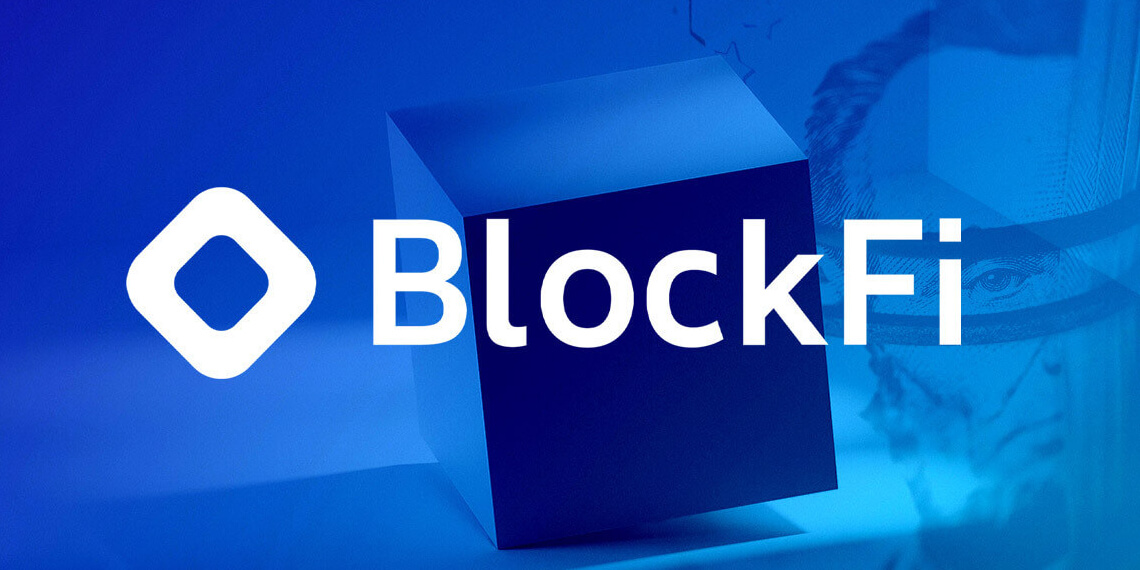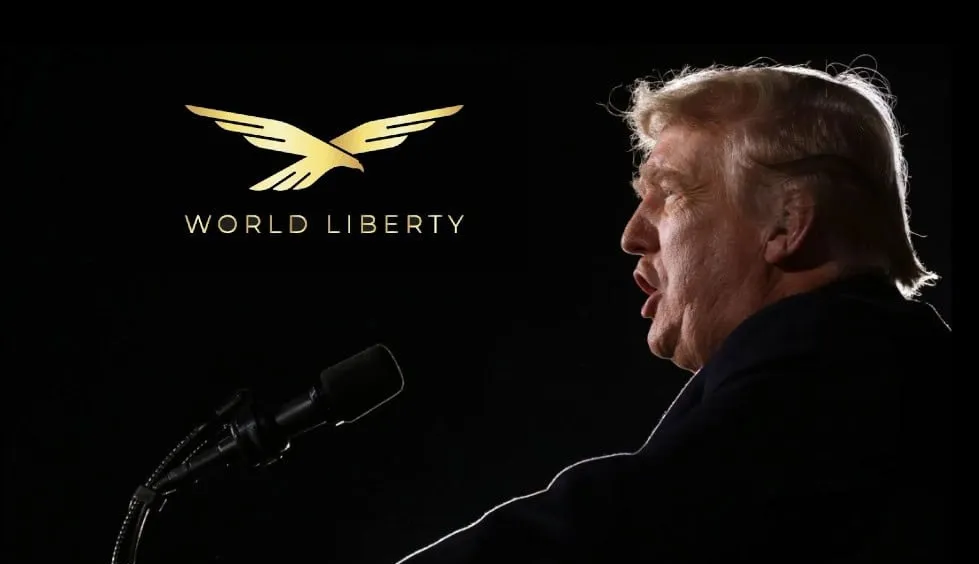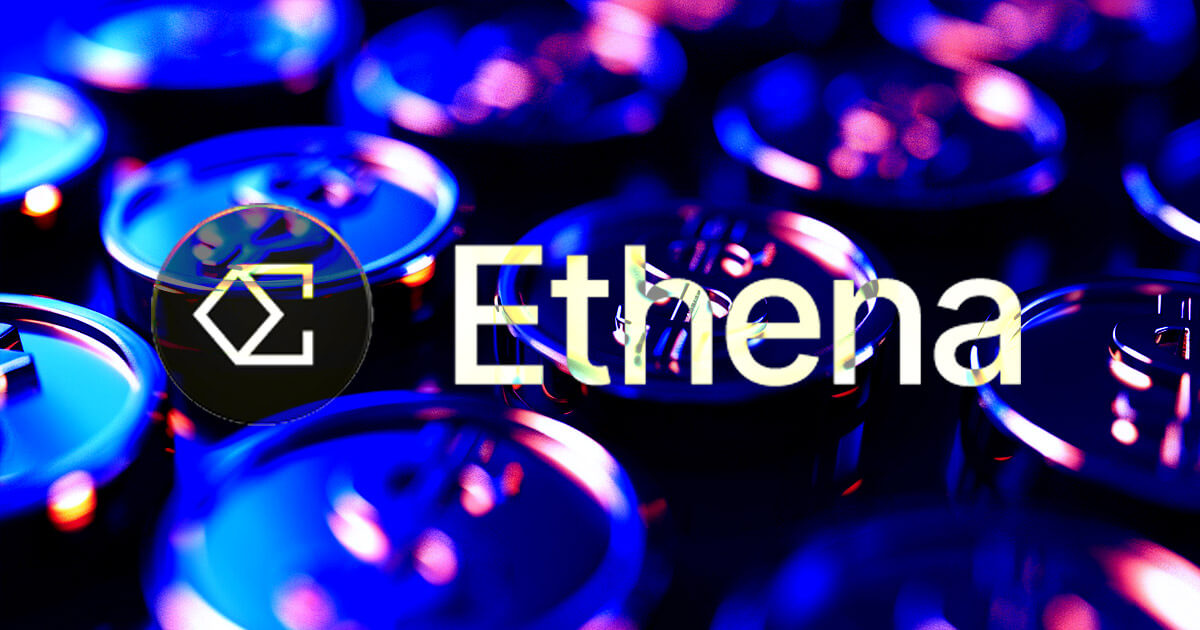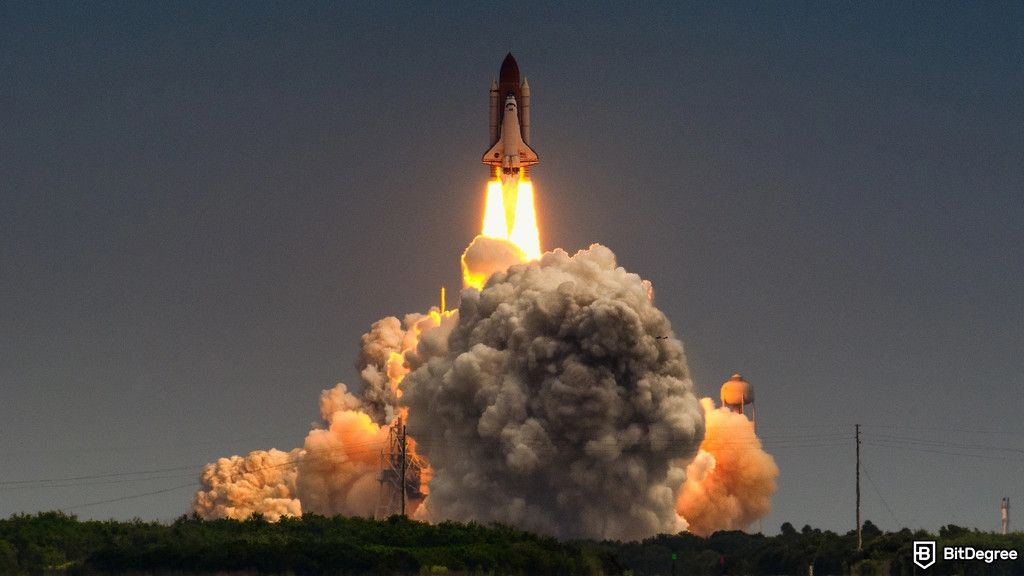Several types of investors include risk-takers, pragmatists, speculators, and people who let their money do the job for them. The list of genuinely fantastic success stories in the cryptocurrency space is endless.
BlockFi is a crypto exchange platform that has limited options when it comes to digital assets. Each of these investors will probably select a different bitcoin exchange based on their interests and objectives.
Let’s concentrate on the last kind of investors: those that favor having their money do the heavy lifting. BlockFi provides a personalized approach to crypto wealth management.
If one hundred were given the option to select a cryptocurrency exchange, a sizeable portion would probably go for BlockFi. Always remember to conduct due diligence when choosing cryptocurrencies as a means of growing your wealth due to their volatility.
If you’re a BlockFi private client, you can tap into the platform’s full potential. Let’s dive right into the BlockFi Coins List and see the massive potential.
Also Read:
What Is BlockFi?
BlockFi is an exchange with its main office in Jersey, New Jersey, in the United States, and its primary goal is to promote bitcoin inclusion in marginalized regions.
By March 2022, the exchange, launched in 2017 by Zac Prince and Flori Marquez, had more than a million customers enrolled and more than $10 billion in assets under control. Because of its high-yield cryptocurrency accounts, BlockFi gained rapid popularity.
The business gained more customer favor by becoming the first to provide a bitcoin rewards credit card. The program’s goal was to persuade investors to purchase cryptocurrency on BlockFi.
Investors can earn up to 1.5% in crypto assets on each purchase using a credit card.
One of the most frequent complaints is the lack of available cryptocurrencies on BlockFi. By March 2022, the site supported 15+ currencies, which falls short of the number of well-known exchanges.
For instance, Binance supported more than 500 currencies at the time, whereas Coinbase supported more than 100 cryptocurrencies.
Investors should be aware, however, that money in a Blockfi account is neither FDIC nor SIPC guaranteed.
How Large is BlockFi’s Presence?
All US states, except New York, Nevada, New Mexico, Vermont, and West Virginia, can utilize BlockFi’s services. Regulations are the cause of this. On the other hand, citizens of Arkansas, North Dakota, Louisiana, Iowa, and Mississippi can only exchange eight different assets using BlockFi.
These include Basic Attention Token (BAT), Chainlink (LINK), Dai (DAI), Ethereum (ETH), Litecoin (LTC), and Bitcoin (BTC) (BAT). However, BlockFi services are accessible in most of the world’s nations.
Features of BlockFi
Rewards Credit Card
BlockFi users can apply for the 1.5% cash back in cryptocurrency BlockFi Rewards Visa Signature Credit Card. On qualified Bitcoin trades, you may also be eligible for cashback rewards. Your BlockFi account receives cryptocurrency incentives every month.
This card has no annual or international transaction fees and has a variable APR of 14.99%-24.99%. The card is not accessible to residents of New York state, and balance transfers are not permitted. The BlockFi card could be an intriguing option for those interested in a more constrained method for investing in cryptocurrencies using credit card rewards points; just be aware that its crypto rewards rate is comparable to other cards that give you cash back.
Loans
Although they are available on BlockFi, we wouldn’t advise most regular investors to experiment with crypto loans. If you have cryptocurrency that may be used as collateral, you may be able to obtain a loan for up to 50% of the value of your BTC, ETH, or LTC. There are no prepayment penalties, and rates start at 5%; however, the considerable risk is associated with borrowing. You might need to pay down part of your cryptocurrency or add more to the account if the price falls too low to meet the requirements.
BlockFi Interest Accounts BIAs
The BlockFi interest account is intended for you to earn interest on cryptocurrency maintained in the account, albeit it is not presently accessible to customers living in the United States. BlockFi is registering a comparable product named BlockFi Yield with the SEC. Customers in the United States would be able to purchase a version of this new product if the SEC authorizes it.
The BlockFi interest account BIA is intended for you to earn interest on cryptocurrency maintained in the account, albeit it is not presently accessible to customers in the United States. BlockFi is registering a comparable product named BlockFi Yield with the SEC. Customers in the United States would be able to purchase a version of this new product if the SEC authorizes it.
The main factor influencing investors’ choice of BlockFi is its interest-earning accounts. Consumer and corporate loans are among the other BlockFi options. The loan-to-value (LTV) ratio and the quantity of posted collateral both affect the borrowing amount. The BlockFi Interest rates for loans range from 4.5% to 9.75%, and each loan has a 2% origination charge.
BlockFi is also launching a BlockFi Rewards Visa Signature Credit Card, which has no annual fees and offers 1.5% back in Bitcoin on every purchase.
BlockFi Security
Despite having rigorous security measures, BlockFi risks losing money during volatile market times since it provides loans secured by cryptocurrencies. We’ll examine BlockFi’s security measures before assessing any possible hazards associated with its loan scheme.
BlockFi’s security measures are comparable to those of other reputable exchangers. It provides two-factor authentication (2FA), which calls for two different forms of identification before granting access to an account. Additionally, it has a function known as allowing listing, often known as whitelisting, that enables you to limit withdrawals to recognized addresses that you’ve added to your allowlist.
The fact that BlockFi accepts cryptocurrencies as collateral for personal loans is one of its critical threats. These often have an LTV ratio of 50% or below, meaning that the collateral’s value exceeds the loan by a minimum of two to one. Additionally, the borrower must submit more collateral if its value decreases, or BlockFi may liquidate its holding.
Despite these measures, BlockFi lost almost $80 million in 2022 due to Three Arrows Capital (3AC), one of its major clients, failing to raise the loan collateral. BlockFi had financial difficulties due to that and a bear market, forcing it to reach an agreement with the FTX exchange. As part of the arrangement, FTX consented to grant BlockFi a $400 million line of credit and the right to purchase BlockFi.
BlockFi Fees
BlockFi does not impose trading commissions. As a result, you might be able to find cryptos for cheaper on other exchanges since the cost of the spread, or the difference between what it costs and what you pay for it is already factored into the advertised price. Take notice of the actual price you’re trading at rather than the advertised price because the prices you may exchange may differ from the market prices you see displayed. By doing this, you can maintain track of your transactions and improve your record-keeping.
Withdrawal fees
A withdrawal to a bank account through an ACH transfer is free of charge, while domestic wire transfers will cost you $20.
You may be subject to a minimum withdrawal amount and a withdrawal limit if you want to withdraw bitcoin to an external wallet. The kind of cryptocurrency involved determines withdrawal fees. You may only withdraw up to 100 BTC every seven days, for example, albeit this won’t affect many regular investors.
On BlockFi, several assets permit a single free withdrawal every calendar month, including:
You will always be required to pay a charge to withdraw funds from other assets, such as ETH, LINK, PAXG, UNI, and BAT.
Charges for withdrawals are made in the corresponding cryptocurrency. Therefore, you must pay a charge of 0.015 ETH to withdraw ETH. However, before you transfer assets from BlockFi to your wallet, review the conditions since fees and limitations are subject to change in the future.
BlockFi Security
BlockFi operates a custodial wallet. When you send dollars to BlockFi, they are transformed to the equivalent value of a stablecoin pegged to the dollar. When you use your BlockFi account to purchase other cryptocurrencies, your stablecoin is essentially what you are trading.
Your assets on the platform are kept by a licensed custodian, such as Gemini, a partner of BlockFi. BlockFi uses its Gemini connections to illustrate how working with other top-tier cryptocurrency firms enhances consumer security and safety. BlockFi also provides security features, such as configuring your account so that BlockFi users may only make withdrawals to authorized wallet addresses. This lessens the possibility that a hacker will be able to withdraw money from your wallet to an address that isn’t on the whitelist. BlockFi also provides two-factor authentication.
Your money is swapped for stablecoins rather than kept in bank deposit accounts. Therefore it isn’t retained as cash. As a result, you will not be eligible for protection from the Securities Investor Protection Corporation (SIPC) or the Federal Deposit Insurance Corporation (FDIC). To preserve public confidence in and the stability of the American financial system, the FDIC is a government organization that oversees financial institutions and guarantees deposits for consumer protection. When a brokerage business collapses, the nonprofit SIPC seeks to recover the assets and money of investors.
Coins Available of BlockFi
Only 11 cryptocurrencies, including 5 stablecoins, are supported by BlockFi. Its late introduction into the market can be one of the causes.
The company is eager to mine the high-volume cryptocurrencies first as it develops its platform, which is the most likely explanation.
Cryptocurrencies
Bitcoin (BTC)
Bitcoin transactions are difficult to reverse and challenging to forge since every single transaction ever performed is recorded on a public ledger that is available to everyone. That was planned: Bitcoins’ decentralized character is exemplified by the fact that they are not backed by a government nor an issuing body and that the system’s inherent evidence only guarantees their worth.
Ethereum (ETH)
Ethereum is a blockchain-based decentralized global software platform at its heart. It is well known for ether, often known as ETH, its native cryptocurrency.
Anyone may use Ethereum to develop any secure digital technology. A token is built into it specifically for usage on the blockchain network, but users may also use it to pay for tasks done on the blockchain.
Litecoin (LTC)
A fork in the Bitcoin blockchain led to the creation of the cryptocurrency Litecoin (LTC) in 2011. It was first created to ease the developer’s worries that Bitcoin was becoming more centralized and to make it harder for large-scale mining companies to dominate the mining process. Although it ultimately failed to stop commercial miners from monopolizing the majority of Litecoin mining, the cryptocurrency has now evolved into a mineable coin and a peer-to-peer payment system.
Pax Gold (PAXG)
On the public blockchain of Ethereum, PAXG is an ERC20 token. As a result, PAXG could work with programs and platforms that accept ERC20 tokens. Each token may be exchanged for one troy ounce of actual gold at any time as long as it matches the requirements.
Uniswap (UNI)
Uniswap is an entirely different kind of exchange that employs an automatic liquidity protocol, a very recent trading methodology fully decentralized, meaning it isn’t owned and run by a single company.
Chainlink (LINK)
A cryptocurrency and technology platform called Chainlink (LINK) enables non-blockchain businesses to connect safely with blockchain platforms. Chainlink is a piece of middleware that links blockchain-based smart contracts with external data, such as stock prices or baseball results.
Basic Attention Token (BAT)
Brendan Eich, a co-founder of Mozilla and Firefox, developed the Basic Attention Token (BAT) to use blockchain technology to increase the security, fairness, and effectiveness of digital advertising. It is the native coin of the Ethereum-based Brave web browser (ETH).
Dai (DAI)
A stablecoin tied to the dollar’s value is called Dai (DAI). MakerDAO, DAI’s decentralized governance community, controls its value to ensure its price stability. Although the Maker Protocol platform, which takes a variety of cryptocurrencies as collateral, is where genuine DAI stablecoins are created.
Algorand (ALGO)
Blockchain platforms and digital currency exist under Algorand (ALGO). Similar to a big payment processor like Mastercard or Visa, the Algorand platform is made to handle a large number of transactions fast. Algorand is a direct rival to Ethereum since it can host other cryptocurrencies and blockchain-based initiatives. The Algorand blockchain is secured by the platform’s currency, ALGO, which is also used to cover costs for Algorand-based transactions.
Dogecoin (DOGE)
A peer-to-peer, open-source cryptocurrency is called Dogecoin (DOGE). It was introduced in December 2013 as an alternative cryptocurrency, and its logo is a Shiba Inu dog. The blockchain of Dogecoin has appeal since it uses Litecoin’s core technology. Dogecoin, which employs the scrypt algorithm, is notable for its low cost and limitless supply.
Bitcoin Cash (BCH)
A split of the cryptocurrency bitcoin led to the creation of bitcoin cash in August 2017.
Block sizes were expanded in Bitcoin Cash, enabling the processing of more transactions and enhancing scalability.
Stablecoins
USD Coin (USDC)
Dollar assets back a currency called USD Coin (USDC). The value of one USDC coin is equal to the value of one US dollar, making USDC a tokenized version of the dollar. Being a stablecoin, USDC is intended to have a constant value.
To maintain price stability, stablecoins are frequently backed by reserve assets like dollars or euros.
Tether (USDT)
According to its website, Tether (USDT) is a stablecoin backed 100% by Tether’s reserves and is tied to the US dollar. The Hong Kong-registered corporation iFinex, which also operates the cryptocurrency exchange BitFinex, is the owner of Tether.
Gemini Dollar (GUSD)
It is a “stablecoin,” a particular class of cryptocurrency. Because a stablecoin is closely connected to a stable asset, in this case, the US Dollar, it is said to be less volatile than a currency like bitcoin. The Gemini dollar, according to Gemini, is the “first regulated stablecoin in the world.” Its original recipe combines US regulation, blockchain technology, and the dollar’s stability.
Binance USD (BUSD)
BUSD is a stablecoin that aims to keep its market value steady. It enables traders and investors to maintain a low-volatility asset on the blockchain without leaving the cryptocurrency market.
USDP
A flat-collateralized stablecoin, Pax Dollar, was established in September 2018. Stablecoins are digital currencies intended to have as little price fluctuation as possible about a specific stable asset or a basket of assets.
BlockFi Versus Coinbase
Although BlockFi and Coinbase are good options for beginners, there are distinct use cases. BlockFi provides a complete, all-in-one financial services platform, offering loans and financial advice. Many BlockFi users transfer crypto from other platforms to their BlockFi accounts to take advantage of interest-bearing accounts. Therefore, BlockFi is better for users wanting to hold onto their crypto instead of regularly buying or selling.
On the other hand, Coinbase supports a higher number of coins so that users can diversify their holdings. Investors prefer Coinbase or Coinbase Pro to buy, earn, and learn about crypto. But, users often open a BlockFi account to benefit from the features of both platforms.
Conclusion
While putting up a significant effort to keep their current users, all of these platforms fight for the same audience’s attention. Therefore, you should check out BlockFi if you’ve been looking for a commission-free platform that enables you to earn interest on your digital assets.
However, you should generally search elsewhere if a range of 15 or more cryptocurrencies is insufficient. We hope that after reading our BlockFi review, you will be better able to decide if the service is exemplary for you. Check out more BlockFi reviews for more insight into the company.
the_ad_placement id=”writers”]







